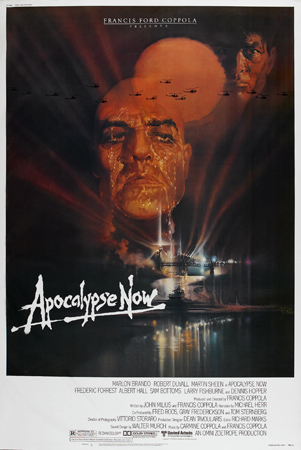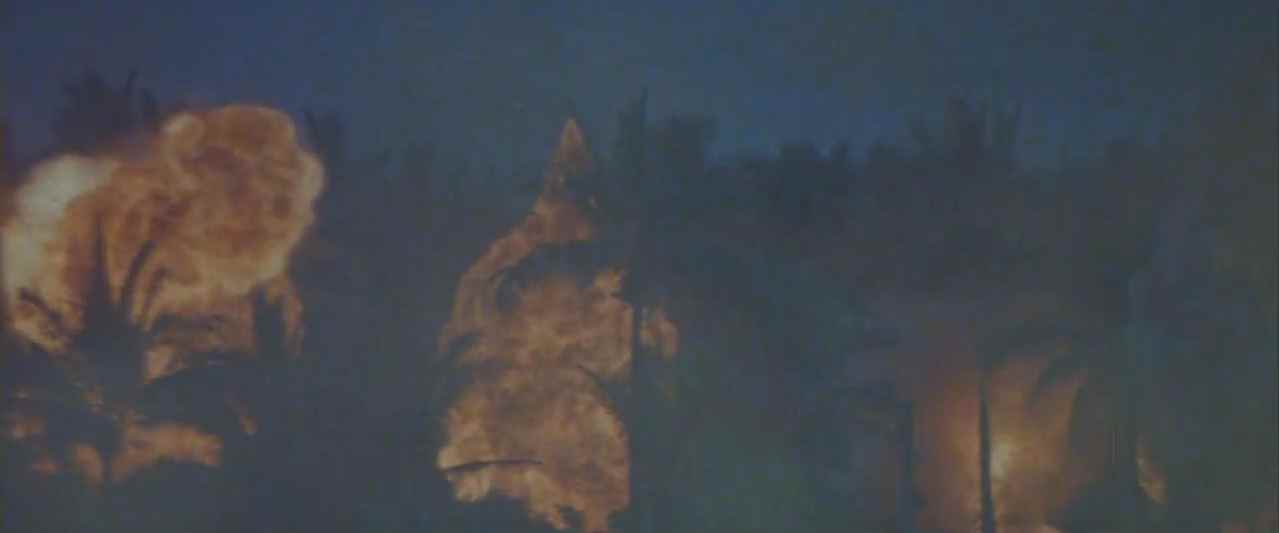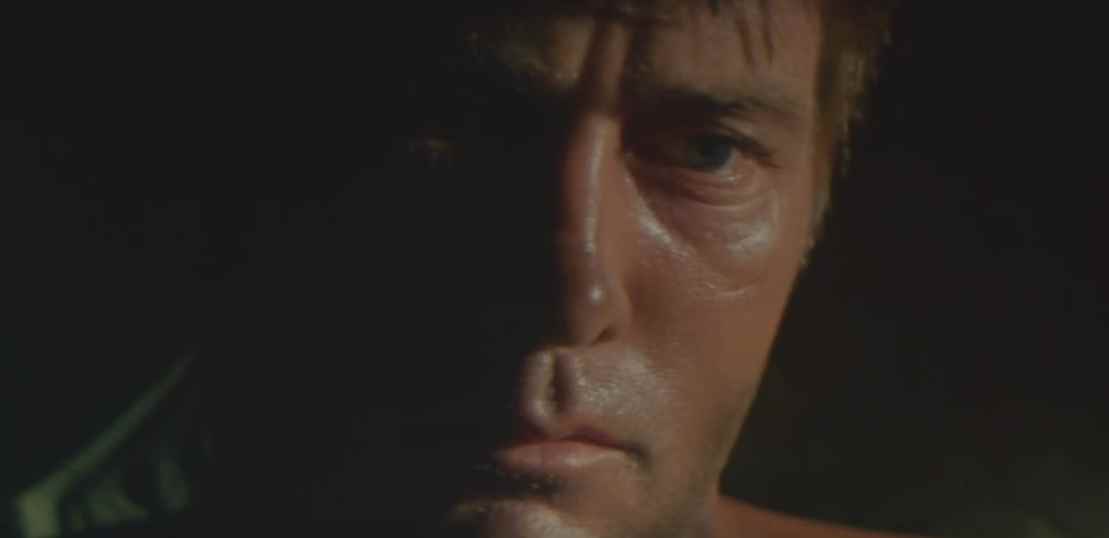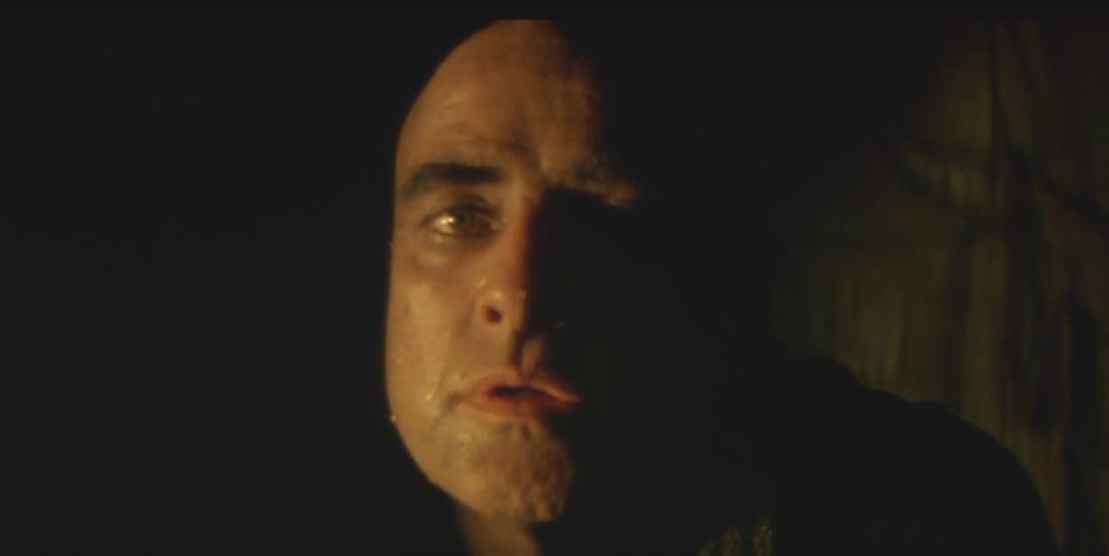In 1979 one of the greatest films ever was released – “Apocalypse Now.” It was an incredible challenge for the director Francis Ford Coppola to make cinematic sense of America’s devastating war in Vietnam. The making of the film, with all of its chaos and ruin, perfectly embodies the Vietnam War.
Francis Ford Coppola remarked that “My film is not a movie. My film is not about Vietnam. It is Vietnam. It’s what it was really like. It was crazy. And the way we made it was very much like the way the Americans were in Vietnam. We were in the jungle. There were too many of us. We had access to too much money, too much equipment, and little by little, we went insane.”

Filming was originally planned to take place in Queensland for its forested, hilly landscape resembling Vietnam. Apparently, they ended up settling for the Philippines due to the cheap labor and access to American equipment. Ferdinand Marcos, the president of the Philippines, made it possible for the film crew to use the army’s helicopters and pilots.

The problems for Coppola started from the casting. The role of Captain Willard was turned down by Al Pacino and Steve McQueen. Al Pacino was afraid of getting ill in the jungle and Steve McQueen didn’t want to leave the United States. Finally, Harvey Keitel was cast, but he was fired by Coppola six weeks into production because he thought the actor’s performance wasn’t as introspective as he needed for the character. In the end, he was replaced with Martin Sheen, who had previously auditioned for the role of Michael Corleone in The Godfather.

The casting was over, but the problems continued. The cast and crew were struck with dysentery almost immediately. In the worst of many serious accidents, a Filipino workman was killed by a log during the construction of a set. Then on May 20, 1976, just two months after filming started, the heavy seasonal rains came. A week later Typhoon Olga had flattened most of the sets or left them mud covered; Coppola was forced to close down production for June and July. He also checked himself into a hospital, suffering from malnutrition and dehydration. After less than three months, his film was $2 million over budget and weeks behind schedule. An estimated 6-week schedule ended up taking 68 weeks to film. Cynics in the movie industry were already offering new titles for the picture: “Coppola’s Folly” or “Apocalypse When?”

Coppola invested $30 million of his own money into the project to get the budget to the amount required to execute his vision. That total included the valuations of his house and his winery, which he signed over to Chase Bank as collateral on the amount. They took out a $15 million life insurance policy on Coppola. He joked he was worth more dead than alive and still needed another $10 million for post-production. Coppola learned his phone had been turned off for lack of payment. After more than a year in the Philippines, Coppola was still only one-third finished.
Finance was just one of the problems Coppola faced during filming. Somehow Coppola managed to convince Marlon Brando to star in the film, for a ridiculously large fee of 3.5 million (around $15 million today). He showed up drunk on set after filming started, very overweight (Kurtz was originally meant to appear half-starved and gaunt). And even, he hadn’t read a line of “Heart of Darkness” (the novel upon which the film was based), or Coppola’s script. He was incapable of memorizing his lines and caused additional problems to Coppola.

After reading the script Coppola handed to him, Brando refused to do it. After much arguing, he agreed on the promise that he was shot entirely in shadow and could say whatever he liked. The next day he appeared on set having shaved his head bald.
Dennis Hopper, who plays an American photojournalist, was so stoned on cannabis, cocaine, speed (or any of the other drugs that were consumed by the hundreds of actors), production staff and extras on set said that he couldn’t remember his lines. When Coppola asked him how he could help him with his role, Hopper replied “an ounce of cocaine.” The production team ended up supplying him throughout the filming.
Martin Sheen was also drunk and stoned throughout filming, and everything was improvised. At some point he haphazardly and unexpectedly smashed the mirror, which the crew allowed to be kept in, and at another, he started crying hysterically before lunging at Coppola. Surprisingly, the director was insistent that the cameras just keep on rolling, and the scene be left as it would become.

But the worst thing during filming was that Sheen had a heart attack. Coppola went totally crazy; he had an epileptic fit of his own. “Even if he dies, he’s not dead until I say so,” he told startled studio bosses back in Hollywood.
The whole crew was out there in the Philippine jungle for about sixteen months. It was a gigantic project with over 200 hours of film. Coppola lost hundred pounds, and he even wanted to commit suicide. But at the end of it all, one of the greatest films in history was made.